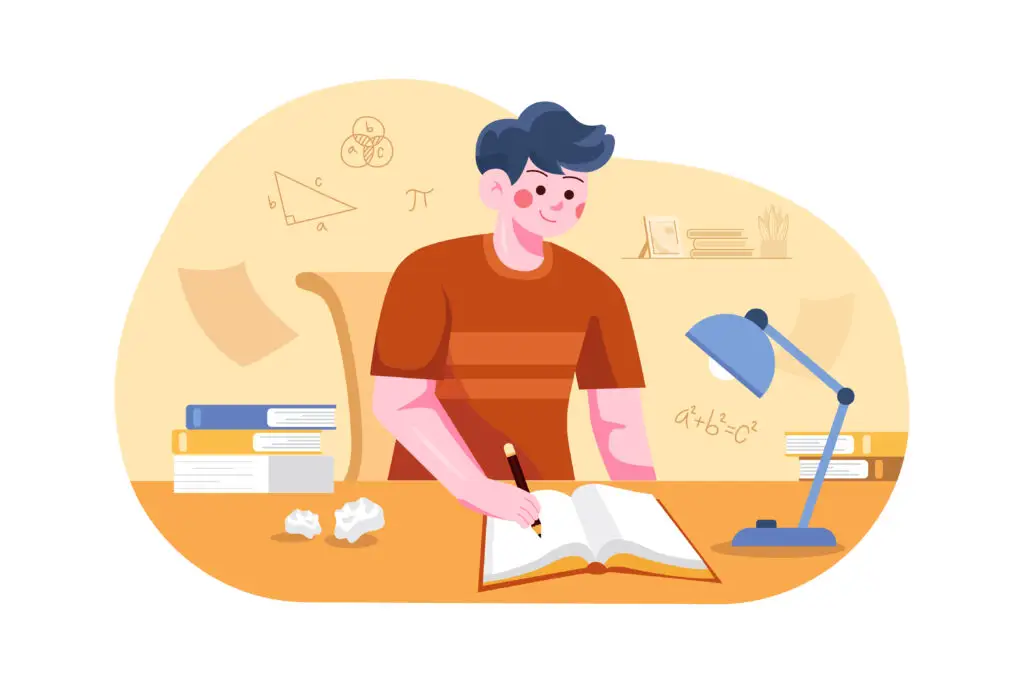Best Study Methods That Actually Work for High School and College Students
Studying effectively can be challenging, especially when you’re trying to juggle multiple subjects, extracurricular activities, and social life. But with the right strategies, anyone can improve their focus, retention, and understanding of the material. Here, we’ll explore the best study methods that actually work, making it easier for high school and college students to succeed.
Why Good Study Methods Matter
Effective studying isn’t about how long you study but how smart you study. Research shows that active study techniques can help students retain up to 50% more information than passive methods like re-reading notes. Plus, good study habits can reduce stress and improve overall academic performance.
Fun Fact:
According to a study by Stanford University, students who use strategic study methods perform 30% better on tests than those who cram the night before.
Strategic learners retain information better, experience less stress, and benefit from improved cognitive performance due to adequate sleep and consistent study habits. The study also highlights the long-term benefits of these methods, as students are better able to apply and recall knowledge in the future. In contrast, cramming leads to poor retention, increased anxiety, and diminished problem-solving abilities. The findings emphasize the value of proactive, structured study techniques for academic success and overall well-being.
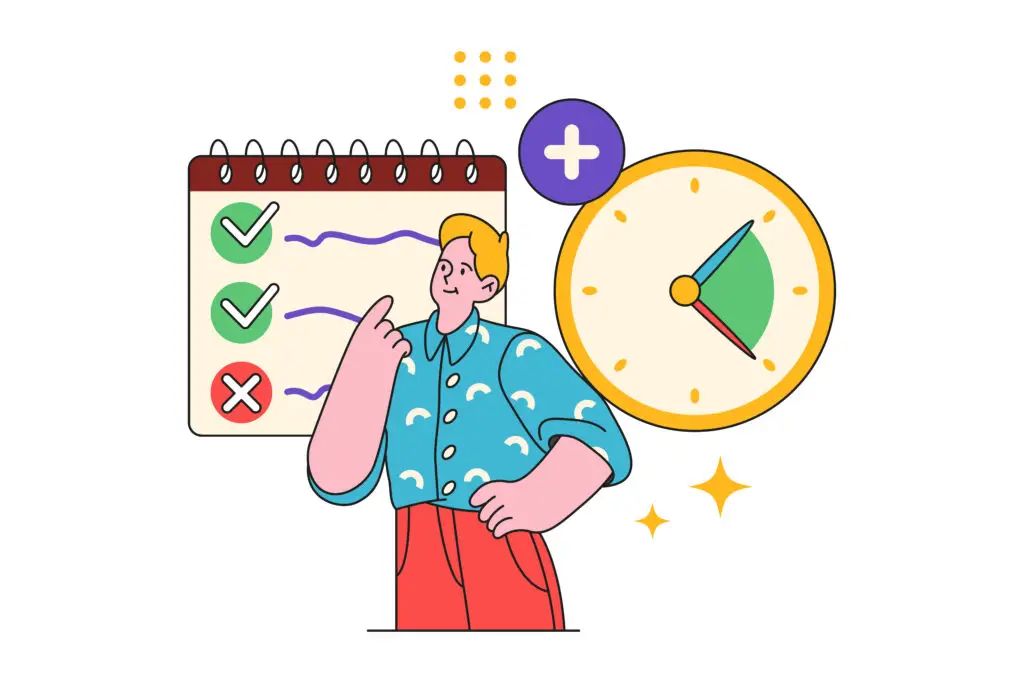
Key Study Methods That Work
1. The Pomodoro Technique
The Pomodoro Technique is a time management method that involves breaking study sessions into short intervals, typically 25 minutes, followed by a 5-minute break.
Developed by Francesco Cirillo in the late 1980s, the method uses a timer to create a sense of urgency, helping individuals stay on task and avoid procrastination. After completing four “Pomodoros,” a longer break of 15–30 minutes is taken to recharge. This technique is particularly effective for maintaining concentration, managing workloads, and reducing burnout by balancing work and rest. Its simplicity and flexibility make it a popular tool for students, professionals, and anyone seeking to improve time management and productivity.
Why It Works:
- Timed intervals create urgency and reduce distractions.
- Regular breaks support mental recovery and sustained productivity.
- Completing intervals builds momentum and a sense of achievement.
- Helps estimate task durations and plan effectively.
- Breaks work into manageable chunks to make starting easier.
- Promotes steady, structured effort over time.
- Encourages deep concentration on one task at a time.
- Adapts easily to individual tasks and schedules.
How to Do It:
- Choose a task (e.g., studying for a history test).
- Set a timer for 25 minutes.
- Study until the timer rings, then take a 5-minute break.
- After 4 Pomodoros, take a longer break (15-30 minutes).
2. Active Recall
Active recall is one of the best ways to learn because it helps your brain work harder to remember information. Instead of just reading over your notes or highlighting, you quiz yourself to see what you really know. For example, you can cover part of your notes and try to answer questions, or use flashcards to test yourself. This method strengthens your memory and makes it easier to remember things later, especially for tests. It’s like giving your brain a workout!
Why It Works:
- Strengthens memory by forcing your brain to retrieve information.
- Helps identify gaps in your knowledge.
- Prepares your brain to retrieve information under pressure.
- Keeps your mind actively involved in learning.
How to Do It:
- Use flashcards or quiz apps.
- Cover your notes and try to explain the concept to yourself or someone else.
- Draw diagrams to connect ideas and visualize relationships.
- Write or speak summaries of what you’ve learned in a simplified way.
- Relate concepts to real-life scenarios or use them in practical tasks.
- Analyze mistakes in quizzes or homework to understand and learn from them.
3. Spaced Repetition
Spaced repetition involves reviewing material at increasing intervals over time. This technique is backed by the forgetting curve theory, which shows that we forget 70% of what we learn within 24 hours if we don’t review it.
Why It Works:
- Helps transfer information to long-term memory.
- Reduces the need for last-minute cramming.
How to Do It:
- Review notes on the same day you learn them.
- Revisit the material 1-2 days later, then again after a week.
4. Mind Mapping
Mind maps are a fun way to organize your ideas by drawing them out like a big web or tree. You start with the main topic in the middle, then add branches for smaller ideas or details. For example, if you’re studying animals, you can make branches for mammals, reptiles, and birds, and then add facts about each. Mind maps make it easier to see how things are connected and remember the information. They’re like a map for your brain!
Why It Works:
- Makes connections between topics clearer.
- Engages both sides of the brain for better retention.
How to Do It:
- Write the main topic in the center of a page.
- Add branches for subtopics and details.
- Use colors, symbols, and images to make it more engaging.
5. Teaching What You Learn
Teaching someone else is a great way to make sure you really understand what you’re learning. When you explain something, it helps you organize your thoughts and spot anything you might not know well. You can teach a friend, a family member, or even pretend to explain it to a stuffed animal! If they ask questions, it challenges you to think even harder. Teaching makes learning fun and helps the ideas stick in your brain!
Why It Works:
- Forces you to organize and simplify information.
- Reveals areas where you need more practice.
How to Do It:
- Teach a friend, family member, or even an imaginary audience.
- Use examples and analogies to explain concepts.

Study Environment Tips
1. Choose the Right Location
A good study space is a quiet and calm place where you can focus without distractions. Make sure it’s clean, has enough light, and has all your supplies, like pencils, notebooks, or a computer, ready to go. Try to pick a spot away from noisy things like TVs or loud music. A comfy chair and desk can also help you feel good while you work. When your space is set up for studying, it’s easier to stay focused and get things done!
Tips:
- Find a quiet room or library.
- Use noise-canceling headphones if needed.
2. Eliminate Distractions
Phones, social media, and TV can make it really hard to focus on your work because they distract your brain. Every time you check a message or watch a video, it breaks your concentration, and it takes longer to get back on track.
How to Avoid Distractions:
- Turn off notifications or use apps like Forest to block distractions.
- Keep your phone in another room while studying.
- Turn off the TV while you study.
3. Use Proper Lighting and Ergonomics
Bad lighting and slouching while you study can make you feel tired and distracted. If your room is too dark, your eyes have to work harder, which can give you headaches or make it hard to focus. Sitting up straight in a comfy chair and having good lighting, like a desk lamp, can help you stay comfortable and study longer. When your body feels good, your brain can work better too!
Tips:
- Use natural light or a desk lamp with a bright, cool tone.
- Sit on a supportive chair and keep your desk at a comfortable height.

Bonus Study Techniques
1. Chunking
Break large amounts of information into smaller, manageable chunks. This is especially helpful for memorizing things like vocabulary or historical dates.
Example:
Instead of trying to memorize a list of 20 words, break it into 4 groups of 5 words.
2. Mnemonics
Mnemonics are fun tricks that help you remember things by using patterns, rhymes, or associations. You can also make up your own rhymes or silly stories to connect ideas in a way that sticks in your mind. These memory tools make learning easier and more fun!
Example:
- For the planets: “My Very Educated Mother Just Served Us Nachos” (Mercury, Venus, Earth, Mars, Jupiter, Saturn, Uranus, Neptune).
- PEMDAS: “Please Excuse My Dear Aunt Sally” for Parentheses, Exponents, Multiplication, Division, Addition, and Subtraction.
- Great Lakes (Geography)– HOMES: Huron, Ontario, Michigan, Erie, Superior.
3. Study Groups
Studying with others can help you learn faster because you can share ideas and explain things to each other. Sometimes your friends might understand something in a different way that makes it easier for you to get it too. You can also quiz each other, work through problems together, and fill in the gaps if someone is stuck. Plus, studying with others can make learning more fun and keep you motivated to stay on track. Working as a team helps everyone succeed!
Tips:
- Keep groups small (3-5 people).
- Stay on track by setting specific goals for each session.
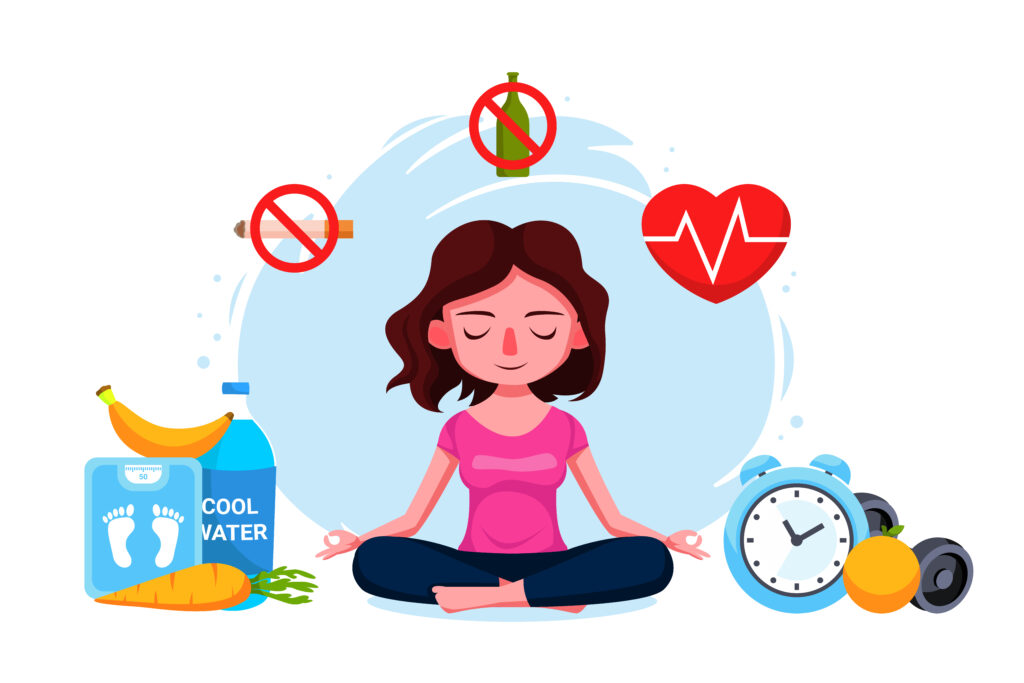
Healthy Habits for Better Studying
1. Get Enough Sleep
Sleep is super important because it helps your brain remember what you’ve learned and stay focused during the day. When you sleep, your brain organizes and stores the information from the day so you can remember it later. If you don’t get enough sleep, it’s harder to concentrate, and you might forget things more easily. Try to get 7-9 hours of sleep every night so your brain and body can rest and be ready to learn the next day. A good night’s sleep is like charging your brain’s battery!
Fun Fact:
Students who get enough sleep perform 20% better on tests, according to the National Sleep Foundation.
When you sleep, your brain has time to organize and store everything you’ve learned, making it easier to remember during a test. If you don’t get enough sleep, it’s harder to focus and think clearly. Aim for 8-9 hours of sleep every night so your brain is ready to do its best. A well-rested brain is a smarter brain!
2. Exercise Regularly
Physical activity, like playing sports or going for a walk, gets your heart pumping and sends more blood to your brain. This helps your brain stay sharp, improving your focus and memory. Even just 20-30 minutes of exercise can make it easier to concentrate on schoolwork or remember what you studied. It also releases chemicals that make you feel happier and less stressed. Moving your body helps your brain work better!
Tips:
- Take a brisk 10-minute walk during study breaks.
- Try yoga or stretching to relax and recharge.
3. Stay Hydrated and Eat Brain-Boosting Foods
Dehydration and poor nutrition can make it hard to focus and think clearly. When your body doesn’t get enough water, your brain can feel tired, and it’s harder to pay attention in class or while studying. Eating unhealthy foods or skipping meals can also make you feel sluggish and low on energy. Drinking plenty of water and eating balanced meals with fruits, vegetables, and protein can help you stay alert and focused. Taking care of your body gives your brain the power it needs to learn!
Tips:
- Drink water throughout the day.
- Eat foods like nuts, berries, and leafy greens for brain health.
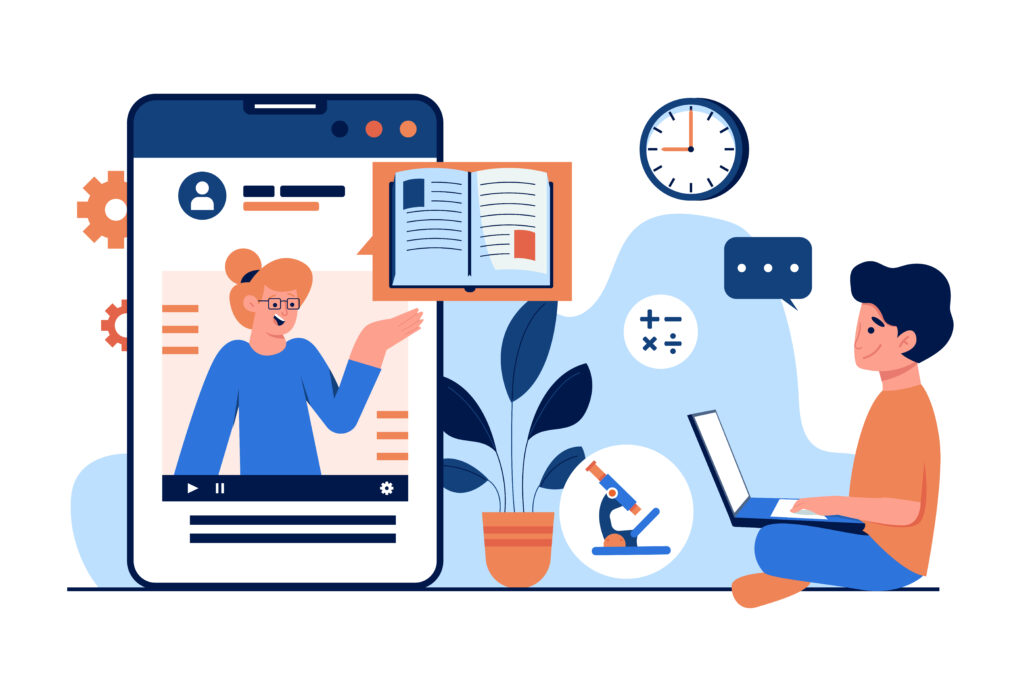
Tools and Resources to Enhance Your Study
1. Apps and Tools
- Quizlet: For flashcards and quizzes.
- Notion: For organizing notes and schedules.
- Google Keep: For quick notes and reminders.
2. Online Resources
- Khan Academy: Free lessons on various subjects.
- CrashCourse on YouTube: Short, engaging educational videos.
Summary
Using effective study methods can transform your academic experience. Techniques like the Pomodoro Technique, active recall, and spaced repetition help you work smarter, not harder. Don’t forget to create a distraction-free environment, take care of your health, and use helpful tools to stay organized.
Quick Recap:
- Best Techniques: Pomodoro, active recall, spaced repetition.
- Healthy Habits: Sleep well, exercise, stay hydrated.
- Tools: Use apps and online resources for support.
By implementing these methods, you’ll not only improve your grades but also feel more confident and less stressed about studying. Happy learning!
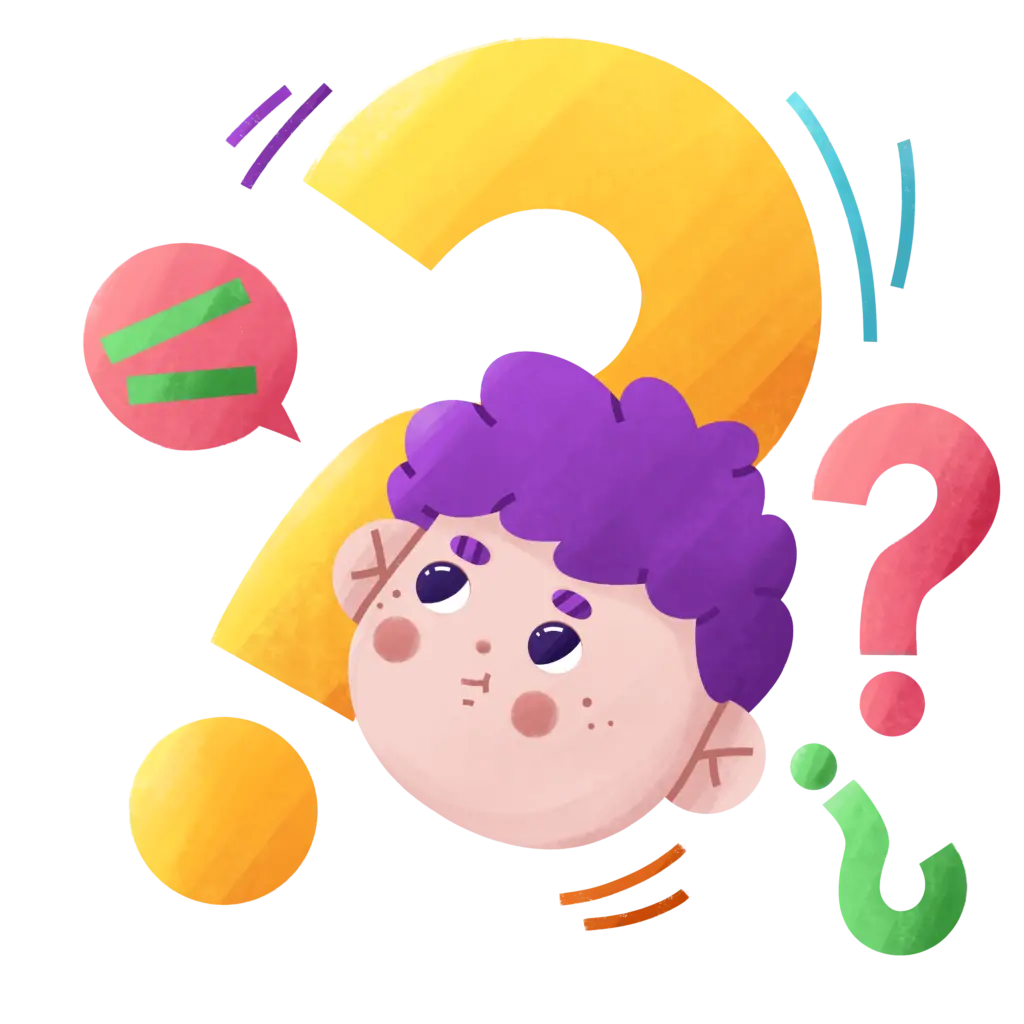
What Study Methods Have You Found To Be Effective?
Everyone has their own way of studying that works best for them. Do you prefer using flashcards, studying in groups, or using apps to stay organized? Share your favorite study methods and let us know why they work for you. Your tips might inspire others to try something new!
